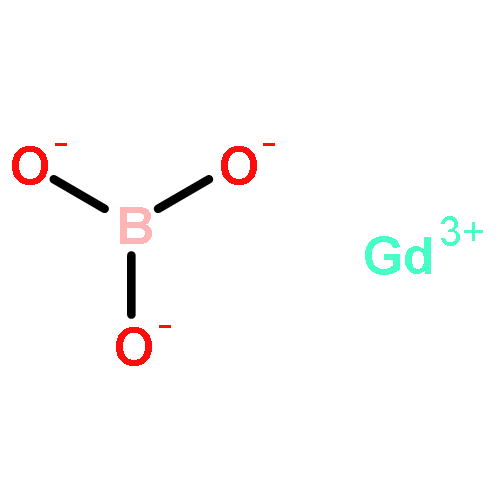Co-reporter: Dawei Wen ; Jianxin Shi ; Mingmei Wu ;Qiang Su
pp:
Publication Date(Web):
DOI: 10.1021/am5027924
Terbium chain in the form of S → (Tb3+)n → A (S = Ce3+ or Eu2+, A = Eu3+), as a promising energy transfer (ET) approach, has been proposed to enhance Eu3+ emission for solid-state lighting. However, the viewpoint of ET from S to A via the terbium chain (Tb3+–Tb3+–Tb3+–...) is very doubtful. Here, hosts of Ba3Ln(PO4)3, LnPO4, LnBO3, and Na2Ln2B2O7 doped with Ce3+ → (Tb3+)n → Eu3+ or (Tb3+)n → Eu3+ are synthesized to prove the universality of S → (Tb3+)n → A in inorganic hosts and to study the unsolved issues. Saturation distance of Tb3+–Eu3+, estimated with the empirical data of different hosts, is proposed to be a criterion for determining whether a spectral chromaticity coordinate keeps constant. A branch model is put forward to replace the chain model to explain the role of (Tb3+)n in ET from Ce3+ to Eu3+ and the necessity of high content of Tb3+; the term “terbium bridge” is used to replace “terbium chain”, and the value of n is determined to be two or three. The intensity quenching of Eu3+ emission is attributed to the surface defects ascribed to the smaller particles and larger specific surface area rather than the concentration quenching of Tb3+. Based on the saturation distance and the mechanism of luminescence quenching, the necessary concentration of Tb3+ for (Tb3+)n can be estimated as long as the cell parameters are already known and the luminescent efficiency of Eu3+ can be further improved by optimizing the synthesis method to decrease the quantity of surface defects.
